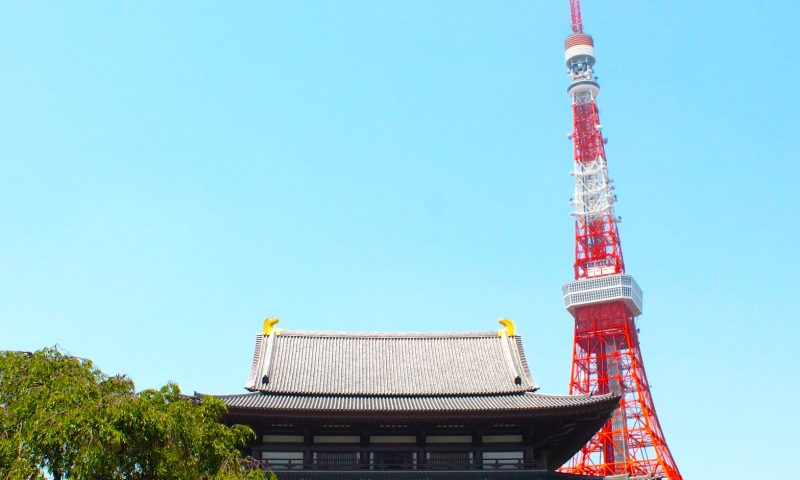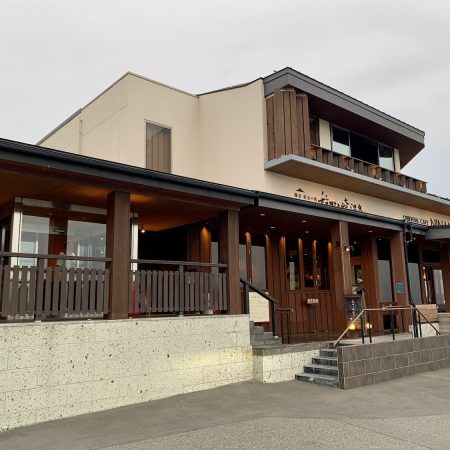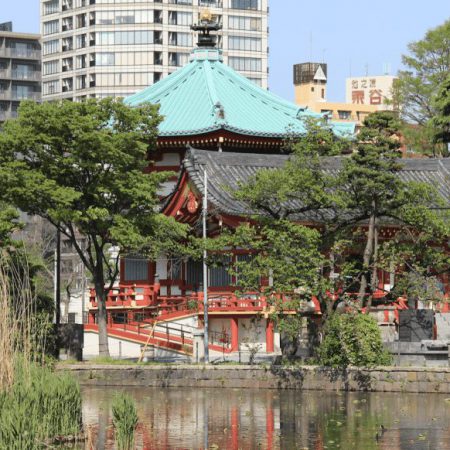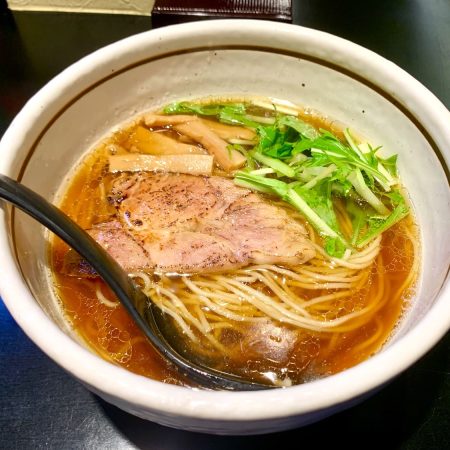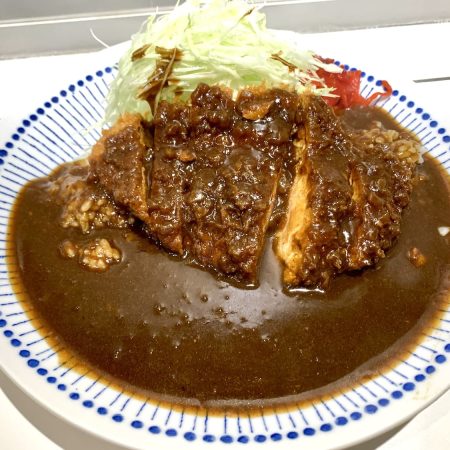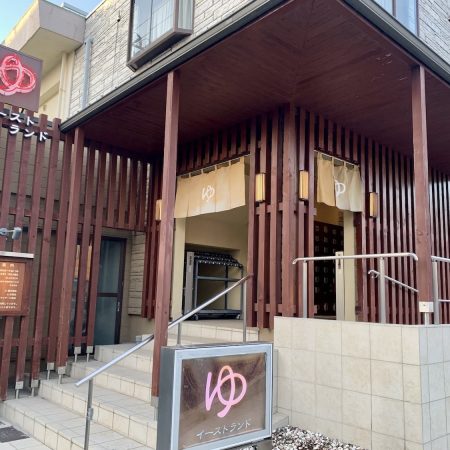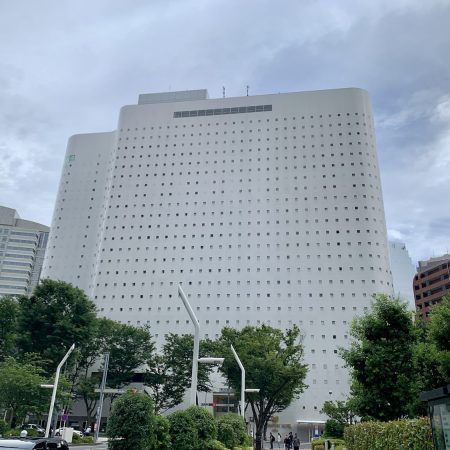Explore the rich cultural and historical treasures around Roppongi and Tokyo Tower by visiting notable shrines and temples. Zojoji Temple, dating back to 1393, is a significant Jodo Shu temple with the Sanmon, built in 1622, serving as an Important Cultural Property. Shiba Toshogu Shinto shrine, established in 1617, honors the first shogun of the Tokugawa shogunate, featuring a National Treasure effigy of Tokugawa Ieyasu and Edo-style wood carvings. Sengakuji Temple in the Takanawa district is renowned as the resting place of the “47 Ronin,” symbolizing Samurai culture and loyalty. Nogi-jinja Shrine in Akasaka unfolds the legendary tale of General Nogi Maresuke and his wife Shizuko, offering serene gardens, traditional architecture, and insights into the samurai spirit. Each location provides a unique blend of history and culture, making for a captivating exploration in the heart of Tokyo.
Zojo-ji (増上寺)
Zojoji Temple, dating back to 1393, has a rich history as a nembutsu seminary and family temple of the Tokugawa dynasty. Despite being destroyed in WWII, it was beautifully restored and remains the main temple of Jodo Shu. The Sanmon, built in 1622, is the sole surviving original temple building, representing purity in Jodo Pure Land Buddhism and is an Important Cultural Property. While visitors can admire the gate, access to the second floor is restricted.
Shiba Toshogu (芝東照宮)
The Shiba Toshogu Shinto shrine, established in 1617 to honor the first shogun of the Tokugawa shogunate, is a fusion of Shinto and Buddhism, attracting history and culture enthusiasts. The shrine features a majestic ginkgo tree, a National Treasure effigy of Tokugawa Ieyasu, and intricate Edo-style wood carvings. Its significance lies in honoring Ieyasu, bringing stability to Japan, and reflecting cultural fusion. The site is popular among locals and tourists, with an annual festival on April 17th. Access is easy via public transportation, and admission is free, allowing visitors to explore from 7 AM to 7 PM.
Sengaku-ji (泉岳寺)
Visit the Sengakuji Temple, renowned as the resting place of the “47 Ronin.” Located in the Takanawa district, this modest Buddhist temple, affiliated with the Soto Zen sect, holds a captivating history of the loyal samurai. Originally established in 1612, the temple was later relocated and rebuilt after World War II. Despite its tumultuous past, Sengakuji symbolizes Samurai culture and the unwavering bond between master and followers. The tale of the 47 ronin, passed down through generations, is memorialized annually in December. Conveniently situated near Shinagawa and Sengakuji Stations, the temple provides insight into this intriguing aspect of Japanese history.
Nogi-jinja Shrine (乃木神社)
Nogi-jinja Shrine unfolds the legendary tale of General Nogi Maresuke and his wife Shizuko. Located in Akasaka, this serene shrine showcases lush gardens, traditional architecture, and the couple’s former Western-style residence. Reflect on their unwavering devotion, exemplified by the act of “junshi.” The shrine’s unique features include personal belongings of the couple, and monthly events like a flea market and cultural activities. Gain insight into the samurai spirit and code of honor, experiencing history and culture in the heart of Tokyo.

